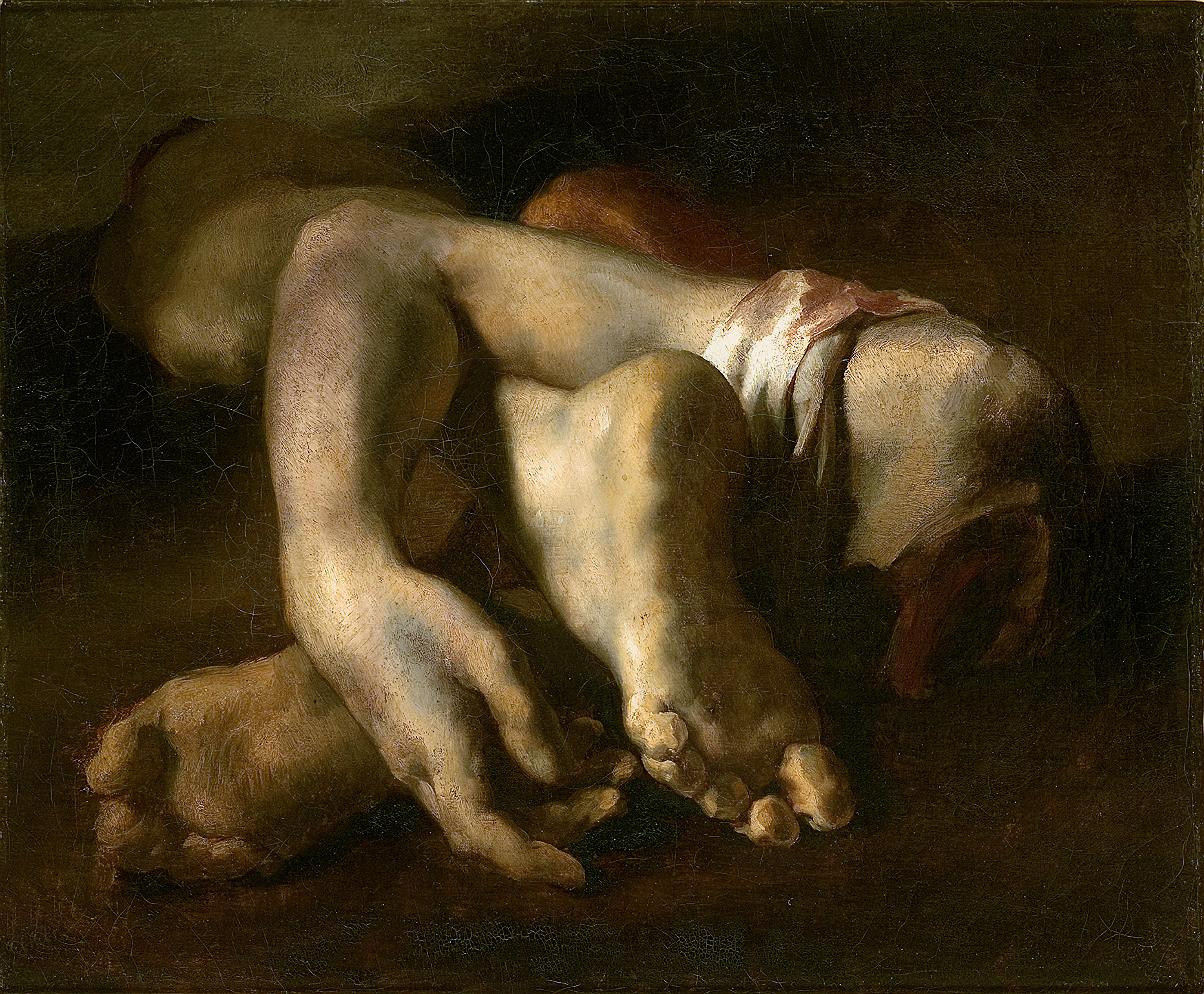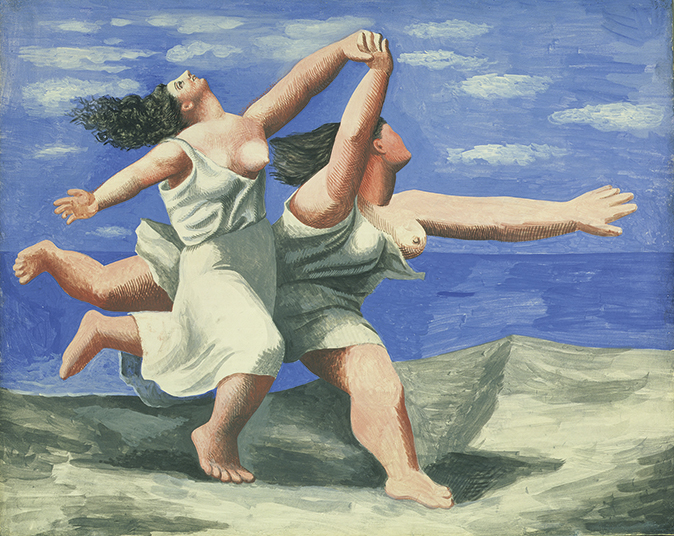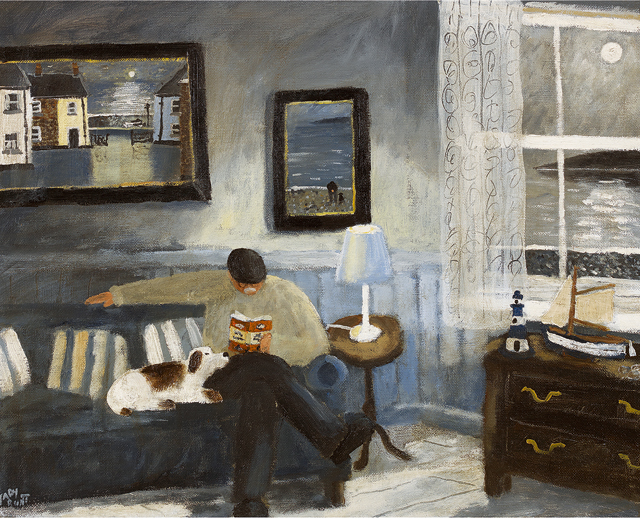My Favourite Painting: Caro Howell
'There’s something tender and protective about the way the severed arm cradles the dismembered foot.'


Caro Howell on her choice of Géricault’s Study of Feet and Hands
Despite its gruesome components, there’s something tender and protective about the way the severed arm cradles the dismembered foot. Also, the fall of the index finger to me mirrors that of Michelangelo’s Adam, reaching for the spark of life. This arrestingly beautiful painting captures the reality of being alive. Freed from the heroics of mind and body, these limbs speak of domestic actions, daily routines, personal tics: all the tiny, inconsequential gestures that make us human. It is a picture of life, stilled. “Nature mort”. Caro Howell is the director of the Foundling Museum.
John McEwen on Study of Feet and Hands
The artist Jean-Louis-Andre-Théodore Géricault was the rich only son of a lawyer. After the best private education, his talent was nurtured from the age of 15 by Pierre Brouillon and Carle Vernet until he entered the Ecole des Beaux Arts, to study under neo-Classical painter Guérin. His father having bought him out of conscription, he won a prize at the 1812 Salon with Charging Chasseur.
A passion for riding and drawing horses often made him miss school and he was expelled when a pail of water he had thrown accidentally landed on Guérin’s head. Having failed to win the Prix de Rome for budding French artists, he made the artistic pilgrimage at his own expense, his departure offering an escape from an affair with his uncle’s young wife.
In Italy, Michelangelo and the Baroque gave Géricault a taste for dramatic light and shade. He returned to France a full-blooded advocate of Romanticism, the unruly reverse of his sober neo-Classical training. It was in keeping that his cuckolded uncle refused to accept the three pictures he had commissioned from his nephew on his return. The reignited affair had produced an illegitimate child, a family secret not revealed until 1976.
This picture of body parts, one of four studies of severed limbs in a morgue, was made in preparation for his The Raft of the Medusa, a masterpiece of Romantic art depicting the passengers – some dead or dying – of the wrecked ship Medusa. In their tender arrangement, the feet and hands expose the ambiguity of ‘still life’.

My favourite painting: Andrew Lawson
'It amazes me that this painting was made more than a century ago'
My favourite painting: Christopher Brickell
'This is and has been my favourite painting, now and for many years past.'
Exquisite houses, the beauty of Nature, and how to get the most from your life, straight to your inbox.

My favourite painting: Nicole Farhi
Happiness, in all art, is harder to catch than unhappiness.'

My favourite painting: Una Stubbs
Una Stubbs chooses her favourite painting for Country Life.
Country Life is unlike any other magazine: the only glossy weekly on the newsstand and the only magazine that has been guest-edited by His Majesty The King not once, but twice. It is a celebration of modern rural life and all its diverse joys and pleasures — that was first published in Queen Victoria's Diamond Jubilee year. Our eclectic mixture of witty and informative content — from the most up-to-date property news and commentary and a coveted glimpse inside some of the UK's best houses and gardens, to gardening, the arts and interior design, written by experts in their field — still cannot be found in print or online, anywhere else.
